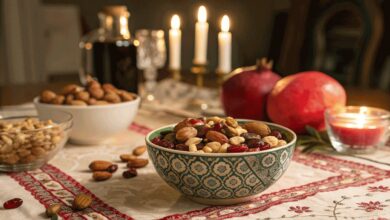Bad flu season ahead?

According to scientists examining this year’s vaccine and its ability to stop 2021’s dominant flu strains, the team finds the shot is unable to beat a mutation in the flu which will likely be the main variety infecting people this winter.
It’s important recognize these findings are being shared in a pre-print study — meaning the paper is still awaiting peer-review and should not yet be used to guide clinical advice. Researchers say a mutation in the H3N2 subtype of the influenza virus is spreading worldwide. The flu vaccination doctors created for this season, the 2021-2022 Northern Hemisphere influenza vaccine, appears to do a poor job of neutralizing this particular mutation of H3N2. Simply put, people getting the annual flu shot may still get sick because the vaccine antibodies don’t line up with virus strains circulating.
Scientists are calling this H3N2 “clade” — a split in the virus’s family tree — “3C.2a1b.2a2” (or 2a2).
“3C.2a1b.2a2 H3N2 viruses efficiently replicate in human cells and could potentially cause an antigenic mismatch if they continue to circulate at high levels during the 2021-2022 influenza season,” reports corresponding author Scott Hensley from the University of Pennsylvania in the pre-print server medRxiv.
The team adds that 2a2 has been circulating “at elevated levels” across the United States over the last few weeks in November and December 2021.
“This clade emerged early in the COVID-19 pandemic and almost completely displaced other H3N2 clades in Europe, Oceania, South Asia, West Asia, and North America in 2021,” study authors add.
Why don’t flu shots defend against all flu strains?
It’s an age-old question, why does the annual flu shot only protect against some varieties of the flu? Although scientists continue to work on creating a universal flu vaccine, the seasonal inoculation works much differently.
According to the Centers for Disease Control and Prevention, scientists try to pinpoint which strains of the flu will be the most dominant throughout an upcoming season and then tailor that year’s vaccine to work against those varieties.
In the U.S., all seasonal flu vaccines are “quadrivalent” vaccines — meaning they stop four different flu viruses. These include an influenza A(H1N1) virus, an influenza A(H3N2) virus, and two influenza B viruses. Despite taking their best guess, even health officials admit the annual shot varies widely from year to year.
“The protection provided by a flu vaccine varies from season to season and depends in part on the age and health status of the person getting the vaccine and the similarity or ‘match’ between the viruses in the vaccine and those in circulation,” the CDC writes.
In the pre-print review, researchers studied 40 healthy people after they received the annual flu vaccine. Those tests reveal more than half of the vaccine recipients had poor protection against the new H3N2 clade. In fact, Hensley notes on Twitter that 55 percent of the vaccines “had undetectable levels of neutralizing antibodies against 2a2 H3N2 after vaccination.”
Despite the apparent mismatch in this season’s flu shot, the researchers still encourage people to get a flu shot this winter. They add that even in years where the shot does a below-average job of blocking certain flu strains, they do keep more people from developing serious and potentially fatal symptoms.
“Studies have clearly shown that seasonal influenza vaccines consistently prevent hospitalizations and deaths even in years where there are large antigenic mismatches,” Hensley concludes
source:studyfinds.org







